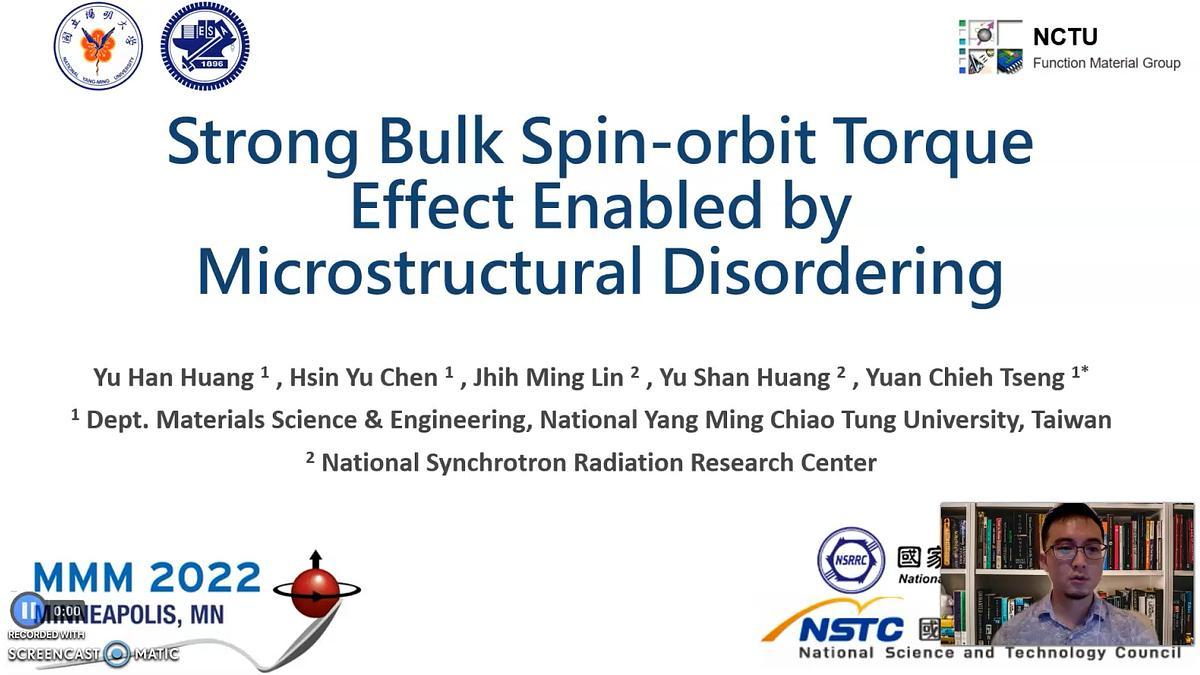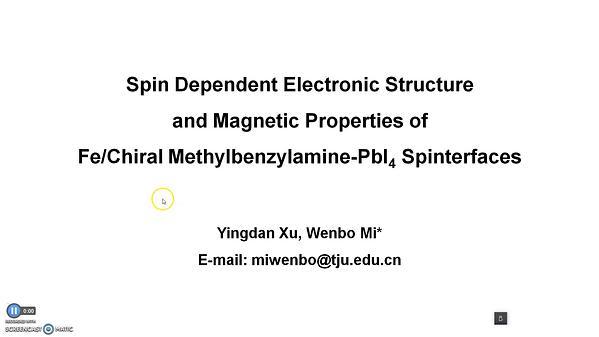
Premium content
Access to this content requires a subscription. You must be a premium user to view this content.

technical paper
Strong Bulk Spin orbit Torque Effect Enabled by Microstructural Disordering
Self-spin-orbit torque (SOT) that arises from within the ferromagnetic layer itself, such as FePt 1 and CoPt 2 systems, offers new design possibilities for the SOT devices. Unlike FePt’s self-SOT that relies on chemical ordering and apparent global symmetry breaking, CoPt was found to possess rather robust self-SOT with A1-disorder phase. This kind of bulk-SOT which does not rely on the apparent symmetry-breaking attracted our attention. A question arises as to whether the bulk-SOT generated by the structural disorder is comparable to that generated by apparent symmetry-breaking such as composition gradient and interface cutting? This study investigates the microstructural ordering effects on the CoPt’s self-SOT phenomena using orientation-resolved synchrotron x-ray diffraction. Three samples, (i)Ta/CoPt (20nm)/Ta (denoted as baseline-CuPt); (ii) Ta/Co(0.5nm)/Pt(0.5nm)20/Ta (denoted as superlattice-CoPt); (iii) Ta/Cu(2nm)/CoPt(20nm)/Cu(2nm)/Ta (denoted as Cu-CoPt), were investigated. All three samples were determined to possess the A1 phase with close Ïxx (≈ 55 μΩâ—cm) under the Hall device structure. The baseline-sample possessed a (111)-textured A1-phase microstructure, and it yielded a damping-like torque efficiency εDT=0.174±0.037. This value is close to that reported in the representative literature of CoPt self-SOT 2. A similar microstructure, while with an enhanced εDT=0.636±0.0333, was obtained in the superlattice sample due to the multi-interface symmetry-breaking effects. However, we found that the microstructure appeared to contain randomly-oriented grains in the Cu-CoPt sample, and this resulted in εDT=0.502±0.089. The results imply that the short-range symmetry-breaking could contribute to the SOT in a level close to that achieved by the apparent symmetry-breaking.

